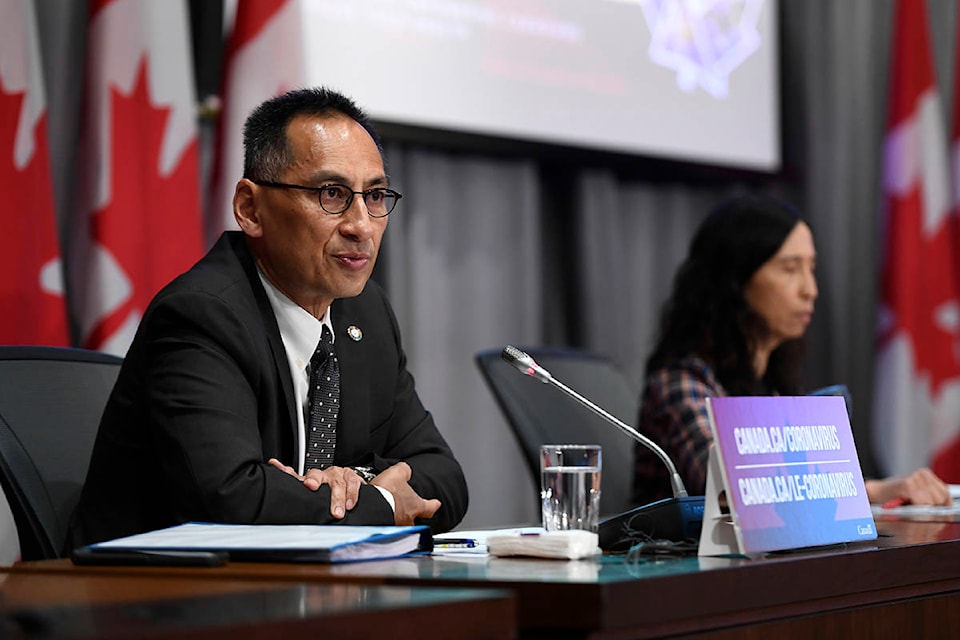Localized hotspots and COVID-19 outbreaks in a few areas across Canada have increased the rate of transmission for the novel coronavirus, the country’s deputy chief public health officer said in a briefing in Ottawa on Wednesday (July 8).
Dr. Howard Njoo said the coronavirus’s effective reproduction number, which represents the average number of people infected by each case, has fluctuated to above one after being below that number for the last ten weeks.
“In order for the epidemic to die out the [reproductive number] needs to remain consistently below one,” Njoo said. Effectively, that would mean that the each person infected with COVID-19 spreads the virus to less than one other person.
“The small recent increase in cases may be explained by outbreaks and community transmission in Alberta, Ontario and Quebec,” Njoo said, despite “limited to no transmission” in many other parts of Canada.
Since April, COVID-19 cases have “steeply declined” in older Canadians, with the biggest drop in people over 80 years old, who are considered at highest risk for serious consequences for the virus. Although all age groups have show an overall decline since the height of the crisis earlier this spring, younger people – especially those in their 20s and 30s – have seen a slower decline.
READ MORE: B.C. sees 12 new COVID-19 cases, no new deaths
Njoo said the recent increase in the virus’s reproductive number brings home the importance of watching for outbreaks – even in regions where the are currently no cases.
He cited a map provided by the Public Health Agency of Canada that showed localized outbreaks in Alberta and Saskatchewan and “persistent community transmission” in and around Toronto and Montreal.
“Cases can reemerge at anytime,” he warned.
“If we relax too much, or too soon, the epidemic will most likely rebound with explosive growth as a distinct possibility.”
Modelling released Wednesday by public health officials showed that rapid case detection, timely contact tracing and quarantine measures were essential as Canada loosed restrictions.
“As we lift stay at home policies, and business and school closures, we risk the epidemic potentially resurging later in the summer and into the fall if we do not strengthen other public health measures to maintain epidemic control,” Njoo said.
“This possibility of significant resurgence is not hypothetical, as this is exactly as what we are seeing in some other parts of the world.”
READ MORE: Would you take a COVID-19 vaccine? Poll suggests most Canadians say yes
